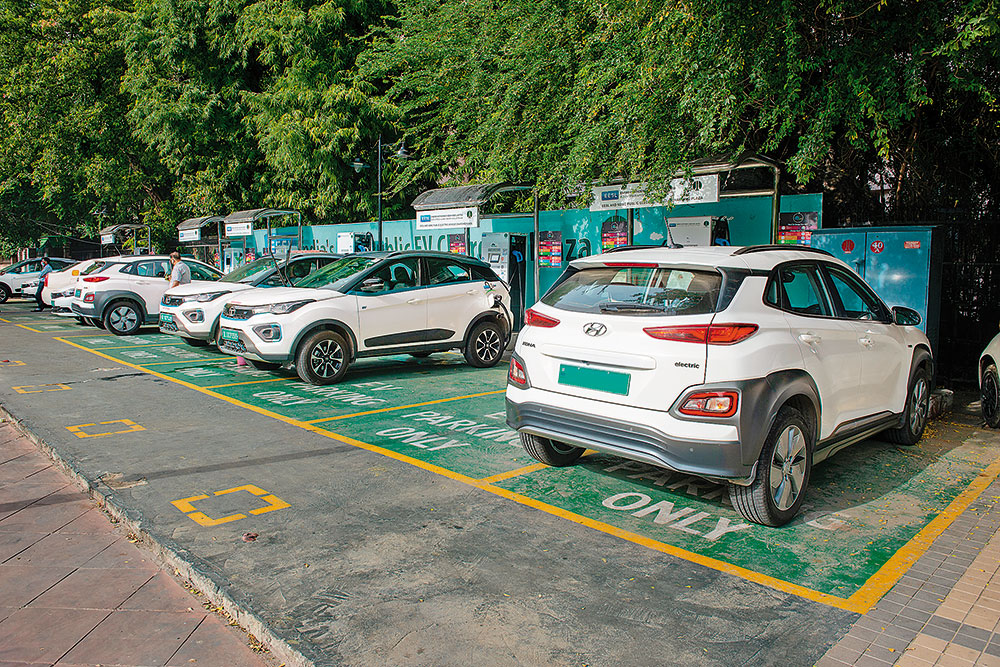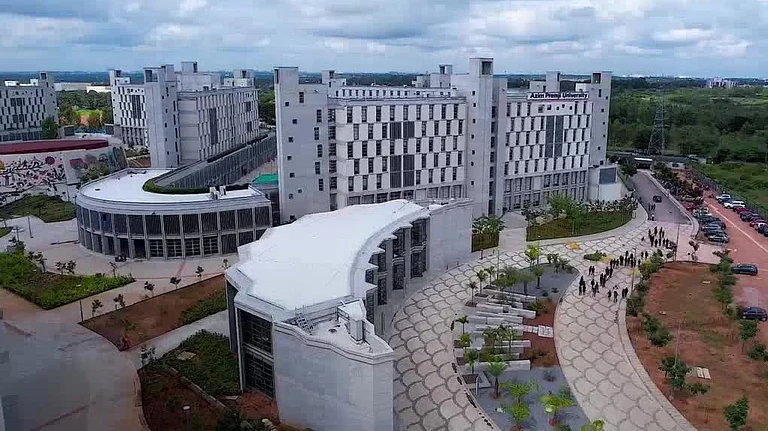In today’s global discourse, climate change stands at the forefront of urgent challenges. While the solutions to combat global warming are well charted, the path to implementation is daunting. The transportation sector is a significant contributor to carbon emissions and as the world’s leading mobility company, we are focused on climate—not only because it is the right thing for the planet but also because it is the right thing for our business in the long run.
Our goal is to achieve zero-emissions mobility, with all Uber rides taking place in fully electric vehicles, bikes and scooters, or on public transit globally by 2040. Today, Uber is already running the world’s largest zero-emissions rideshare platform, and Uber drivers are electrifying up to five times faster than the average motorist in the United States, Canada and Europe.
In India, we have launched on-demand Uber Green across three cities and plan to double that soon. As we race towards meeting our goals, are we confident that we are going to make it? For sure not without more ambitious actions from the government and industry. Our aspirations have to find a match with a determined action plan that will address the gaps in the way of faster transition to electric vehicles.
Everyone in this industry has a responsibility to help cities reduce the climate impact of urban transportation. The transition to electric vehicles is one of the most pressing challenges of our times and it will not happen without pushing for change collectively. Uber is racing to electrify but we cannot accelerate unless we clearly address some key challenges.
Make Green Rides Affordable
A change as massive as the transition to electric vehicles (EVs) from combustion vehicles takes time and a collective push across the value chain—that is why we call sustainability a team sport. For a thriving EV environment in ridesharing, we need a high-quality market of long-range EVs with a variety of affordable price points and models.
To successfully scale up EVs there needs to be access to affordable vehicles for ridesharing platforms. We want to reduce the ownership gap that a driver faces between a battery EV and a conventional fossil-fuelled car for EVs to truly take off.
Build Charging Infra
India has witnessed a surge in the adoption of electric and hybrid vehicles with over 2.8 million registered EVs last year. Yet we continue to face a glaring disparity in charging infrastructure particularly for drivers without access to domestic charging. We need to make public charging more affordable and readily available with wider off-peak electricity access, funding new fast-charging sites in high-traffic urban areas.
The data on the Vahan portal reveals a stark reality: with only 15,493 operational charging stations nationwide, this means barely one charging station for 182 EVs. The ratio of chargers to EVs falls drastically short of the ideal benchmark which stands at 6–20 EVs for one public charger. Accelerating the deployment of charging infrastructure is crucial to facilitate the mass adoption of EVs. This infrastructure includes charging stations, battery-swapping facilities and traction battery enterprises.
Boost EV Financing
Another significant hurdle in the widespread adoption of EVs in India is the limited availability of financing options and the underdeveloped secondhand market. While financing is readily accessible for OEMs [original equipment manufacturers], potential buyers often struggle to secure financing.
The nascent state of the secondhand EV market restricts accessibility and affordability for many. Enhancing financing mechanisms and cultivating a secondhand EV market will greatly impact EV adoption.
Promote Shared Rides
The underlying problem behind congestion and vehicular pollution is private car use, which makes up the vast majority of vehicle-miles travelled. We believe Uber plays a key role in building more liveable cities—not only by electrifying our fleet, but importantly continuing to offer shared rides through cars, bikes and buses.
The barriers to going electric are still high for any driver and fleet manager, no matter what the business model or who owns the vehicles. It is why getting more people to commute in fewer vehicles needs to be promoted until we can tip the scale for electric vehicles to become the default choice.
Overhaul Urgent
The fact that we need more urgent action is undeniable and this action does not rest with just the government, private players or an industry collective. We have a problem to solve and not look for excuses to go slower or slacken the pace of what needs to be dealt with utmost priority. Drawing parallels with international trends, where supportive EV policies have catalysed, India stands at the cusp of making choices that will hasten the growth.
Looking ahead, collaboration and innovation will be our greatest assets. Governments, automakers and businesses must maintain ambitious goals to achieve our shared objectives and mitigate the dire consequences of climate change. Together we must quicken our pace towards a sustainable future.

Prabhjeet Singh is President, Uber India & South Asia











